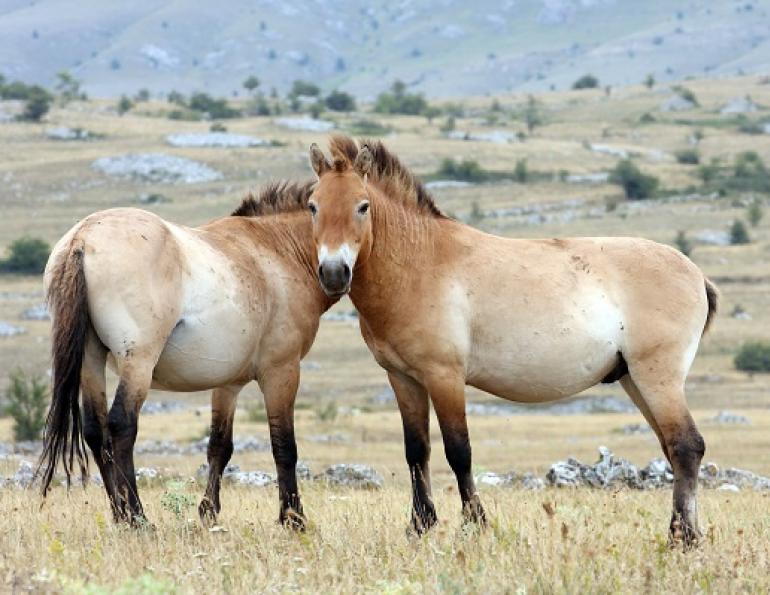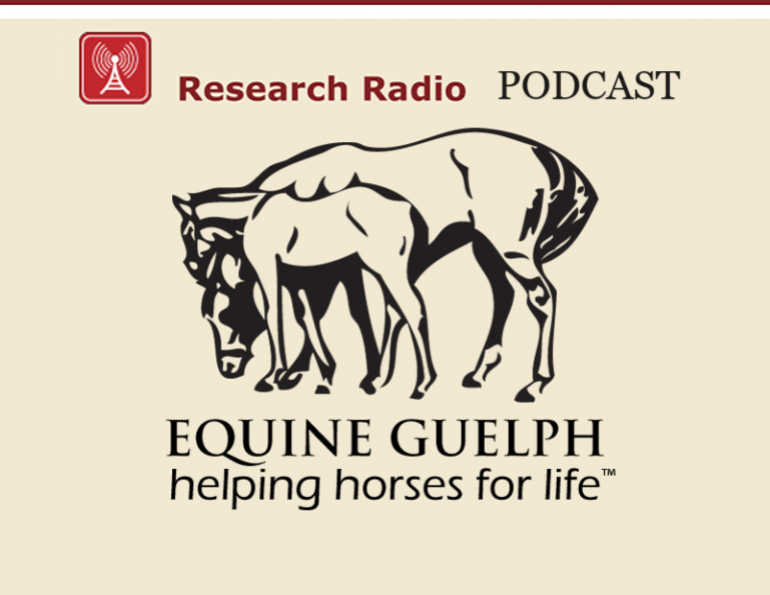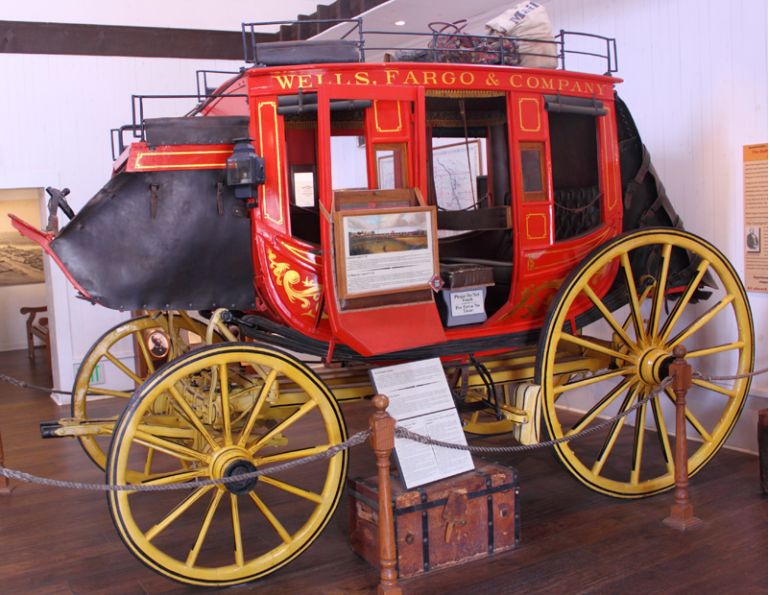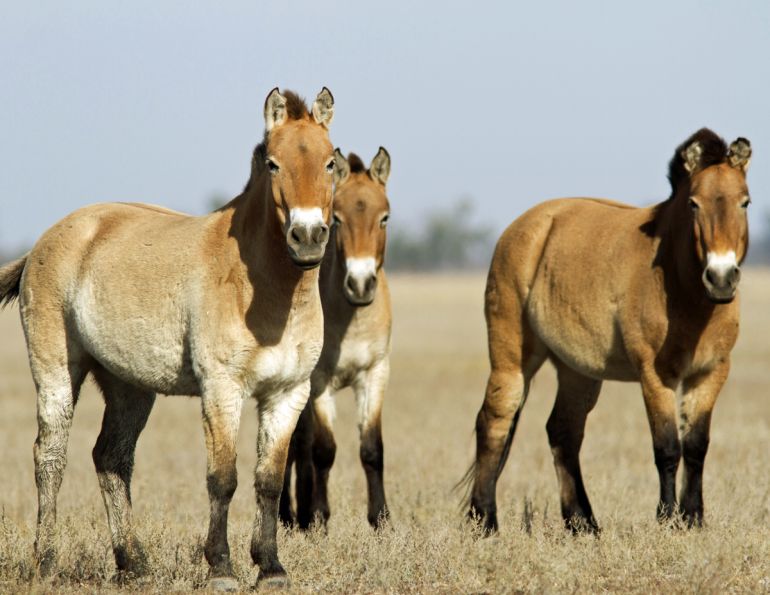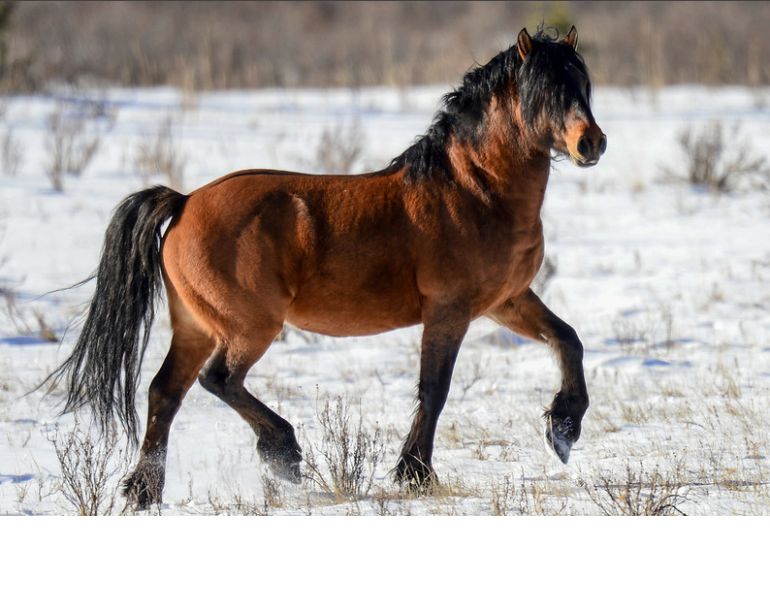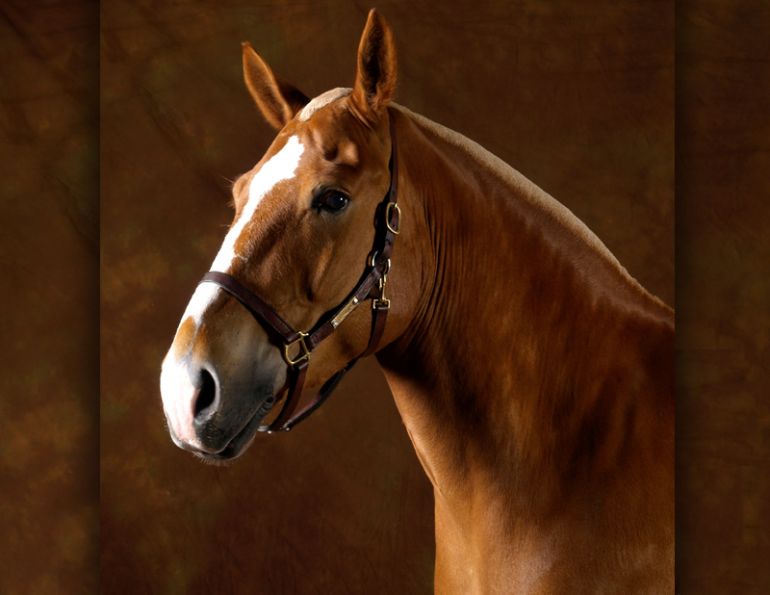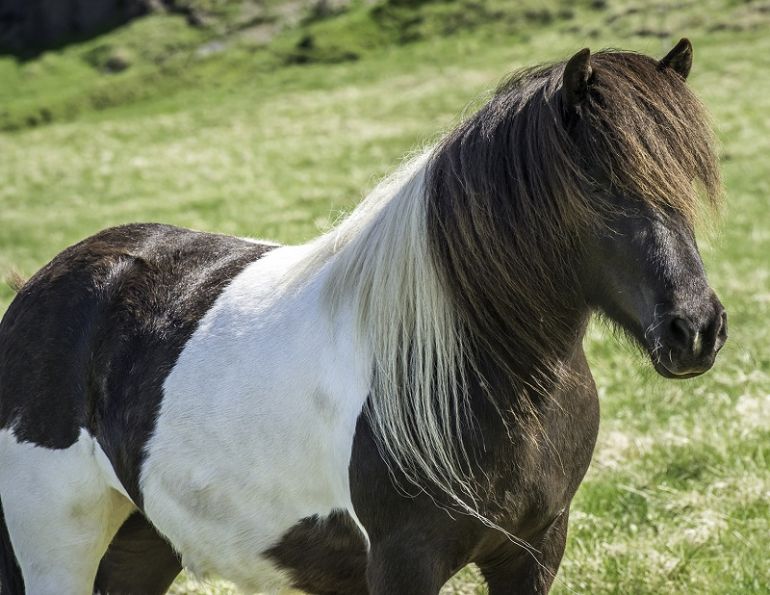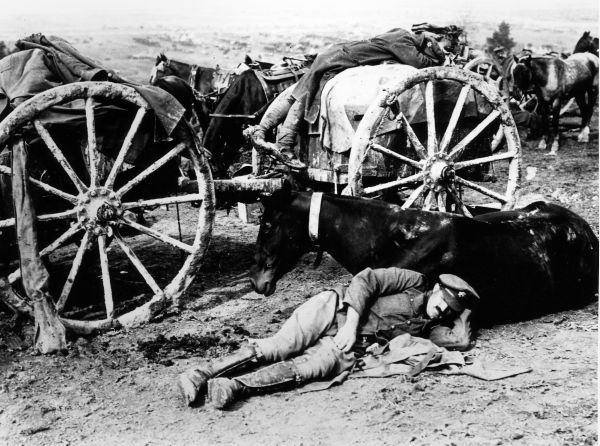How Humans Reshaped the Horse Through Millennia
By Margaret Evans
When horses became domesticated in Kazakhstan and neighbouring regions some 5,500 years ago, it was a game changer for the human race.
With horses, people had a more efficient means to travel, explore, hunt, farm, pack, and trade. They could journey by horse to socialize with others, engage in bartering, and share ideas, knowledge, language, and beliefs. With horses valued at so many levels of society, they gave rise to the very first concepts of an ancient technology transfer system.
Civilization was on a roll when ancient people also realized that they could fight for their rights, or claim the rights of others, with a war horse and chariot.
For those ancient domestic horses, though, while forage and water were there for the taking, there was a trade-off. By accident or design, humans began to reshape the horse for desired traits as they frequently interbred domestic and wild horses. Some of the desired traits were physical such as muscular and limb development, sturdier joints, and a stronger cardiac system that would have favoured packing, carrying, and all forms of work. Others were cognitive functions that focused on behaviour, learning, and a calm, tractable manner, key factors in successful taming and rudimentary training processes.

Over time, the horse was transformed from its wild state as humans interbred domestic and wild horses for desired traits, leaving specific identifiable physical and cognitive changes in its genome, or what researchers call the cost of domestication.
Over the centuries, the transformation of the horse from its wild state to domesticated life left specific signatures on its genome. These identifiable shifts in physical and cognitive changes are what researchers call the “cost of domestication” that have already been reported in rice, tomatoes, and dogs.
The study was done by researchers at the Centre for GeoGenetics at the University of Copenhagen, Denmark, in collaboration with scientists from 11 international universities.
Recent advances in ancient DNA research have provided new opportunities for reconstructing the genomes of ancient animals. In 2013, Dr. Ludovic Orlando, associate professor at the Centre for GeoGenetics, and his team decoded the genome of a horse fossil found in Yukon Territory that was approximately 700,000 years old. Their work represented the oldest genome sequenced to date.
For the domestication study, the researchers focused on horse fossils dating 16,000 years ago and 43,000 years ago. These were carefully selected to put them well before the beginnings of domestication. The bone fossils were excavated in the Taymyr Peninsula, Russia, where Arctic conditions favour the preservation of DNA.
The scientists detected a set of 125 candidate genes involved in a wide range of physical and behavioural traits, by comparing the genomes of the two ancient horses with those of the Przewalski’s horse and five breeds of domesticated horses.
“Our selection scans identified genes that were already known to evolve under strong selection in horses,” said Dr. Dan Chang, post-doctoral researcher at the University of California, Santa Cruz, Paleogenomics Lab and co-leading author of the study.
“We provide the most extensive list of gene candidates that have been favoured by humans following the domestication of horses,” added Dr. Beth Shapiro, head of the UCSC Paleogenomics Lab. “This list is fascinating as it includes a number of genes involved in the development of muscle and bones. This probably reveals the genes that helped utilize horses for transportation.”
The classical way to evaluate the evolutionary impact of domestication is usually done by comparing the genetic information in wild animals and their living domesticated counterparts.
“[But] this approach is ill-suited to horses as the only surviving population of wild horses [Przewalski’s horse] has experienced a massive demographic decline in the 20th century,” said Orlando, who led the study. “We therefore decided to sequence the genome of ancient horses that lived prior to domestication to directly assess how pre-domesticated horses looked genetically.”
Contrary to what some believe, today’s domestic horse is not a descendant of the endangered Przewalski’s horse, also known as the Mongolian wild horse. DNA sequencing in 2013 suggests that their evolutionary lines diverged 43,000 years ago and the Przewalski’s horse is the only truly wild horse species in the world. In the mid-1900s, it disappeared from the wild and was saved from extinction by the strategic breeding of just 13 individual founder horses held captive in zoos. The breeding program built a sustainable population that could be released into the horses’ ancestral Mongolian habitat. But the unavoidable consequence of this focused breeding was a massive loss of genetic diversity.
The domestic horse, a separate species from the Przewalski’s horse, actually evolved from now-extinct wild horse populations of Eastern Europe and Asia. Comparison of the ancient and modern genomes revealed that the ancient individuals contributed a significant amount of genetic variation to modern domesticated horses. But not to the Przewalski’s horses. This suggests that restocking from a wild population that was descendant from the ancient horses occurred during the domestication processes that ultimately led to the modern, familiar horse.
The research confirmed that wild horses other than Przewalski’s horse were used to restock the domestic population. Those wild influences became significantly embedded in the horse’s genome, one estimate being 13 percent and potentially up to as much as 60 percent.
The study was published in the Proceedings of the National Academy of Sciences (PNAS).
Main photo: Przewalski’s horse, from Mongolia, are the only surviving wild horse population, and descent from 13 individuals preserved through a massive conservation effort. Photo: ©CanStockPhoto/Loflo69



